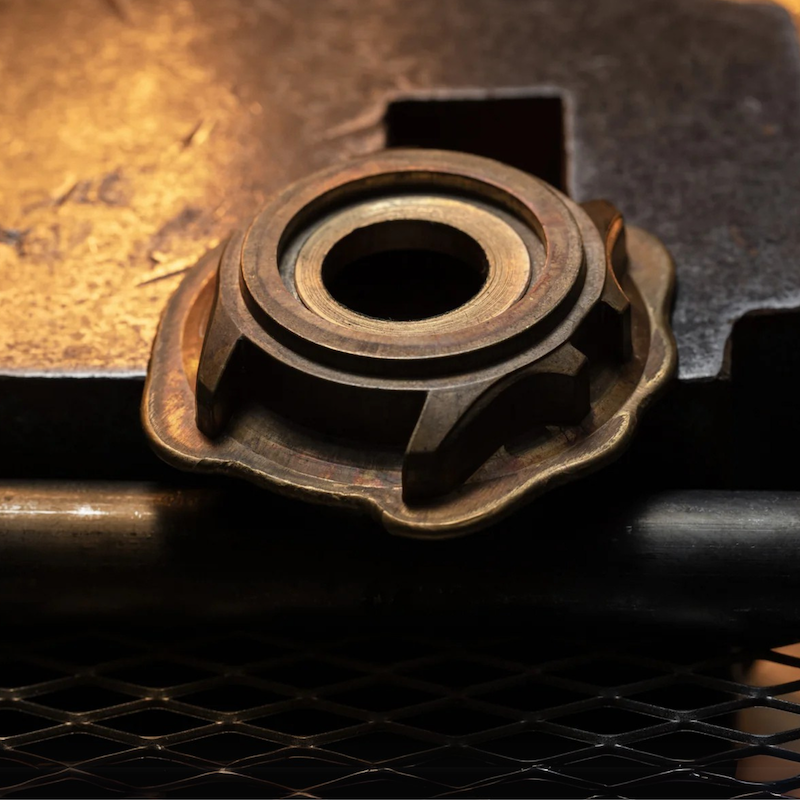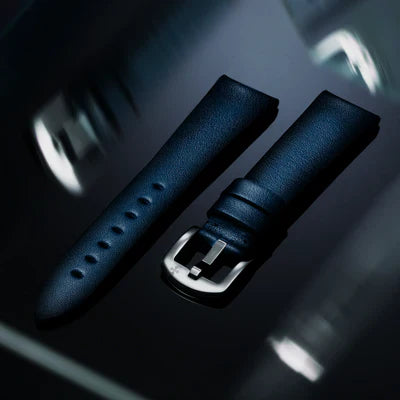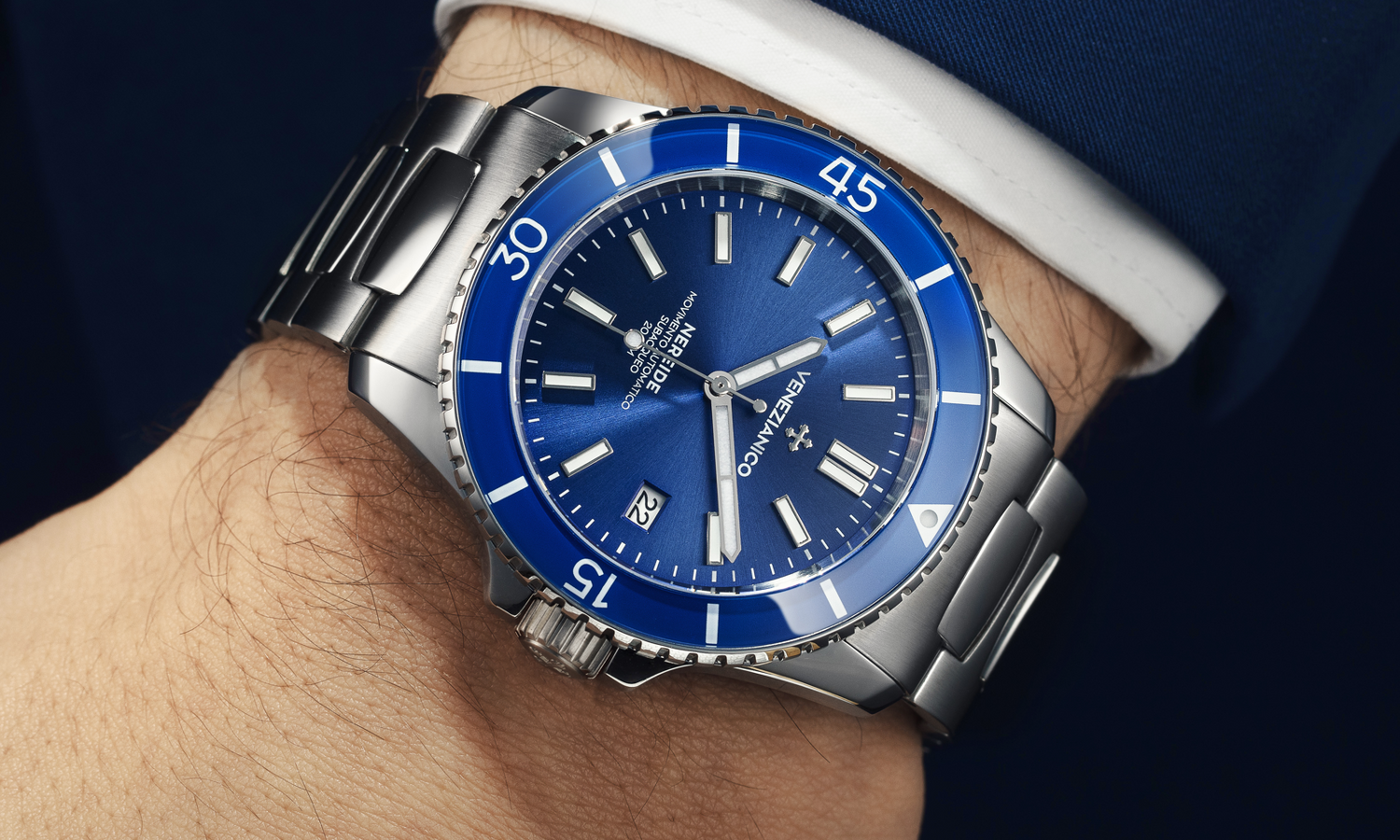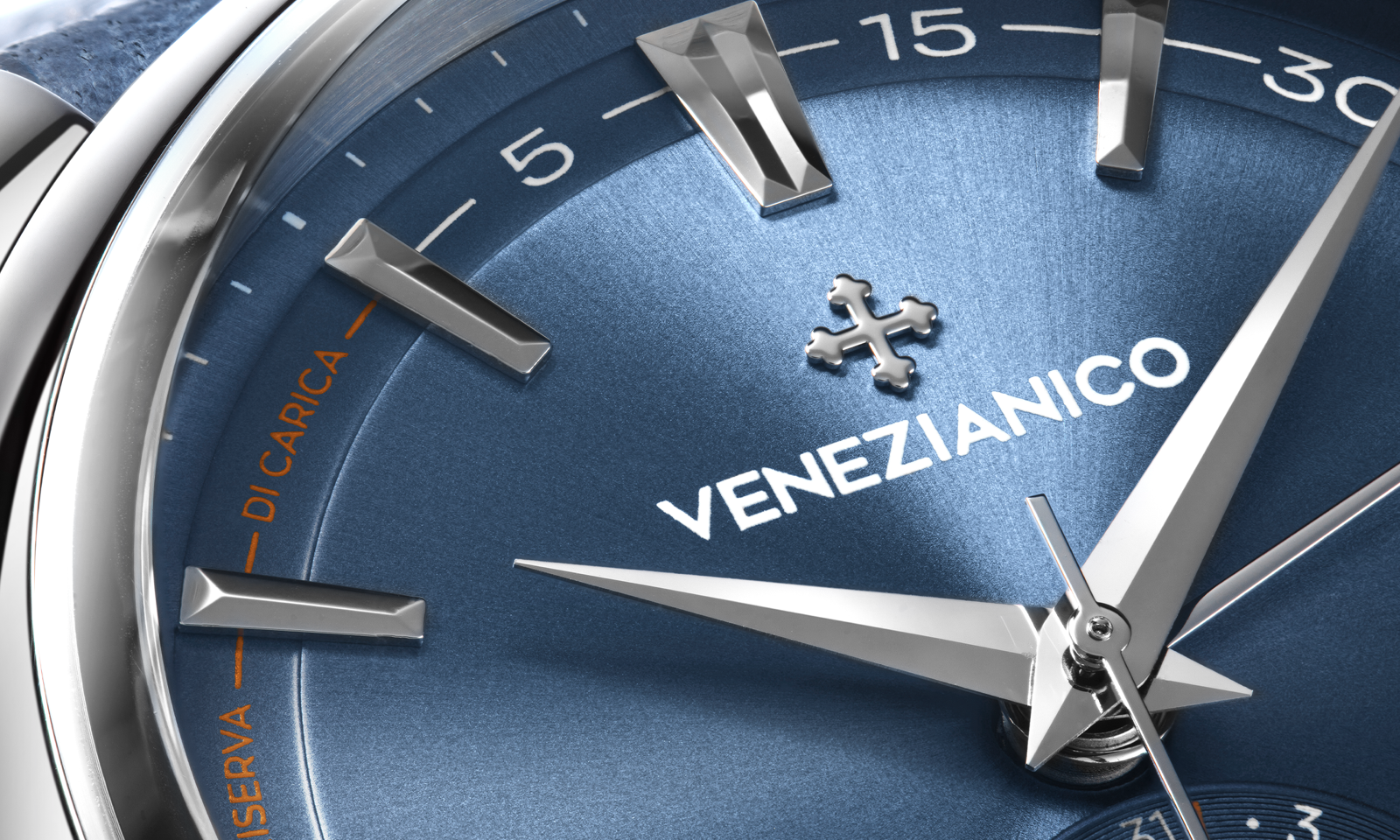During the Renaissance, Venice based its greatness and its wealth on a wise balance between politics and trade, which gave it the primacy among the maritime republics of the Mediterranean Sea. To achieve (and maintain) this position, the development of state-of-the-art naval technology was essential. The construction of vessels of all types and sizes reached its peak in the early 1700s and continued until the twentieth century.
The submarine: the new frontier of naval technology
The development of diving boats bears various similarities to what would have occurred with airplanes much later. The first theoretical studies on the construction of a submarine were carried out by Leonardo da Vinci around 1500, although his theories never resulted in a working prototype.
In 1680, Giovanni Alfonso Borelli in his work De Motu Animalium illustrated the possibility of building a vehicle that, for the first time, could explore the sea depths. On the construction of the first submarine, historical sources are divided and therefore cannot be considered reliable. What is certain is that Venice played a leading role in the construction of these extraordinary boats.

Il Nereide: the submarine built in Venice
Between 1911 and 1913, the Nereide submarine was built in Venice on a project by the engineer De Bernardis. The Nereide boasted unprecedented proportions for the time: it was over 40 meters long and almost four and a half wide; she could reach the maximum speed of 13.2 knots on the surface and 8 knots underwater. In order to celebrate the ingenuity and pioneering spirit that have distinguished the Venetians for over 1600 years, we have chosen to call our diving watch Nereide. Equipped with an atmospheric resistance that reaches 200 meters, this model stands out within our collection for its vocation in the world of diving.

For more information on the Nereide Collection, click here.











